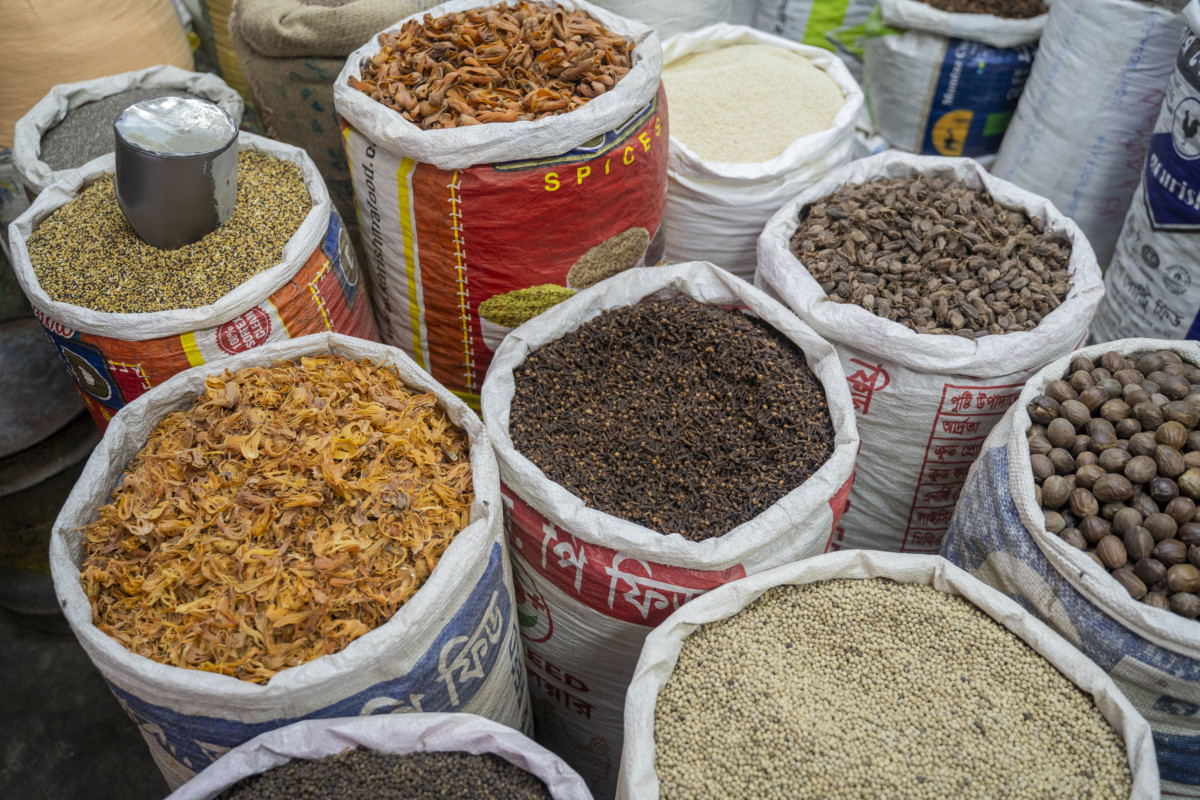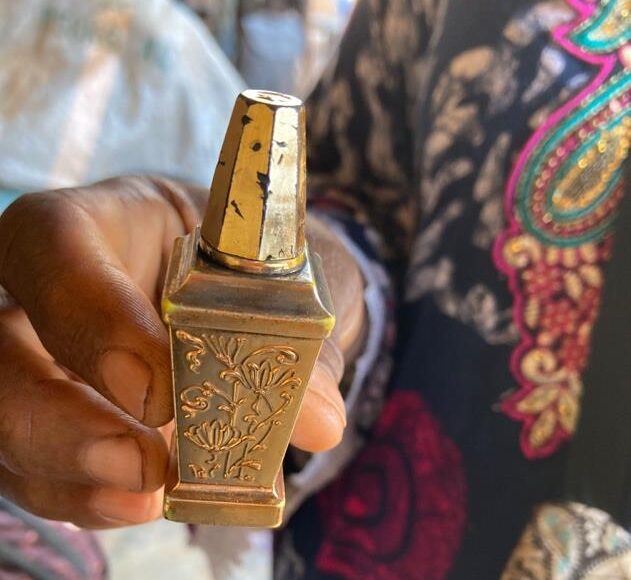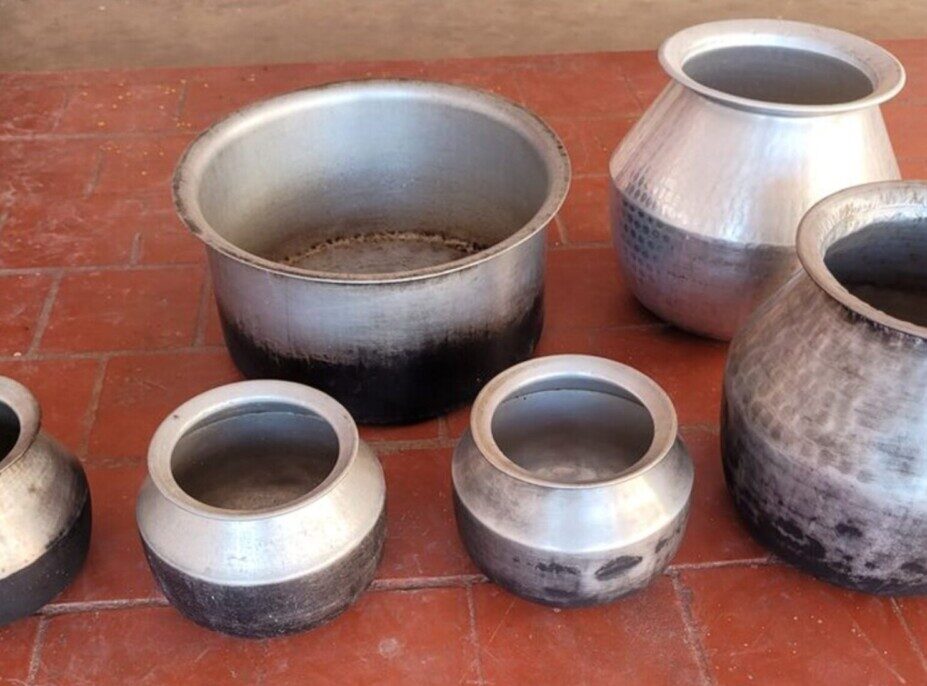Identification and Establishment of Spices Supply-Chains in Northern India

Project Overview
Stanford University; D-COR (Quality Research partners); Sigma-India (Research Consulting firm); IEED Bihar (Technical partner)
Ingestion

Background
The first lead source-apportionment study conducted by Pure Earth in Patna in 2020 identified spices, mainly lead-laden turmeric & red chili powder, as one the key exposure sources in homes, posing serious health risks to about 85% of kids tested for BLLs. These spices are the main ingredients of all Indian meals consumed daily and are subject to adulteration, with evidence of its occurrence in the South Asia region, hence monitoring lead-contamination is crucial.
Activities
Pure Earth partnered with Dr. Jenna Forsyth of Stanford University to gather first-hand information on the supply chains and to understand the scope of adulteration in 20 cities in 4 states:
- Bihar (Patna, Muzaffarpur, Darbhanga, Saharsa, Purnea, Kishanganj, Begusarai, Samastipur, Chapra, Betia, Buxar & Gaya)
- Uttar Pardersh (Gorakhpur & Varanasi)
- Jharkhand (Dalton Gang, Hazaribagh, Deoghar)
- West Bengal (Malda & Brahmpur)
Approximately 300 samples of spices were collected and are being tested.




